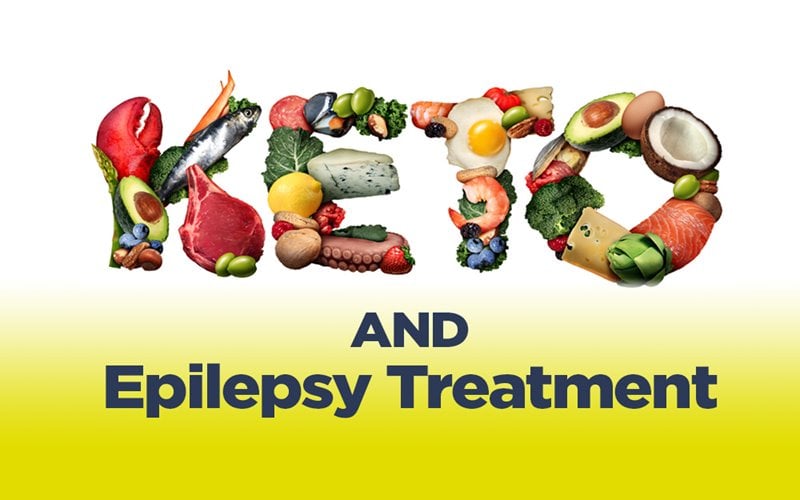Over the last decade, the ketogenic diet rose in popularity against the Atkins diet. This low-glycemic-index diet has emerged as a viable treatment choice for children with intractable epilepsy. The ketogenic diet, once thought to be a last-resort “alternative” treatment, is now being widely adopted worldwide. But how can the ketogenic diet help with the treatment of epilepsy?
Ketogenic diets can be used to treat epilepsy that hasn’t responded to various antiepileptic medicines or refractory seizures. It’s also being looked into for the prevention of Alzheimer’s disease.
What is Epilepsy?
After migraine and stroke, epilepsy is the third most common neurological illness, affecting about 50 million individuals globally. A person with recurring, unprovoked seizures is diagnosed with it. These occur when cortical neurons fire excessively, hypersynchronous, or temporarily disrupt normal brain function.
This could affect the muscles, senses, consciousness, or a combination. A seizure can be focal or limited to a particular brain area or generalized, which affects the entire brain and spreads widely throughout, leading to a loss of consciousness.
Various factors can cause epilepsy; some types are categorized as epileptic syndromes, with most cases beginning in childhood. When two or three anticonvulsant medicines have failed to manage epilepsy, it is referred to as refractory epilepsy.
Roughly 60% of patients obtain control of their epilepsy with the first medicine they try, whereas around 30% do not. Other causes may include epilepsy surgery, vagus nerve stimulation, and the ketogenic diet if medications fail. (Source: Sage Journals)
How Does the Ketogenic Diet Help?
The ketogenic diet is a mainstream dietary therapy that was developed to reproduce the success and remove the limitations of the non-mainstream use of fasting to treat epilepsy. Although popular in the 1920s and ’30s, it was largely abandoned in favor of new anticonvulsant drugs.
The ketogenic diet is a popular dietary therapy consisting of a high-fat, adequate-protein, low-carbohydrate diet mainly used in medicine to treat children with difficult-to-control or refractory epilepsy. The diet forces the body to burn fats rather than carbohydrates.
Carbohydrates in diet are usually converted to glucose, which is subsequently distributed throughout the body and is necessary for brain function.
If only a small amount of carbohydrate is present in the diet, the liver converts fat to fatty acids and ketone bodies, the latter of which enters the brain and replaces glucose as an energy source. Ketosis is a high level of ketone bodies in the blood. This reduces the frequency of epileptic seizures over time.
Around half of the children and young people with epilepsy who followed this diet observed a 50% reduction in seizures, and the impact lasts even after the diet is stopped. The original pediatric epilepsy therapeutic diet gives just enough protein for body growth and repair and enough calories to maintain the proper weight for age and height.
According to some data, adults with epilepsy may benefit from the diet, and a less stringent regimen, such as a modified Atkins diet, is equally helpful. All possible side effects are constipation, excessive cholesterol, development slowdown, acidosis, and kidney stones. (Source: Sage Journals)
